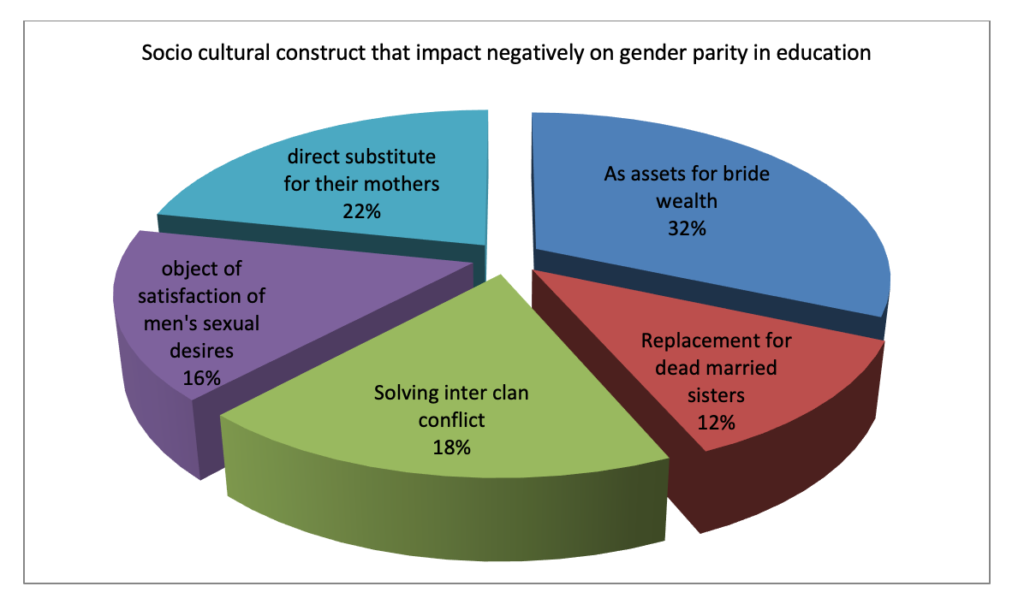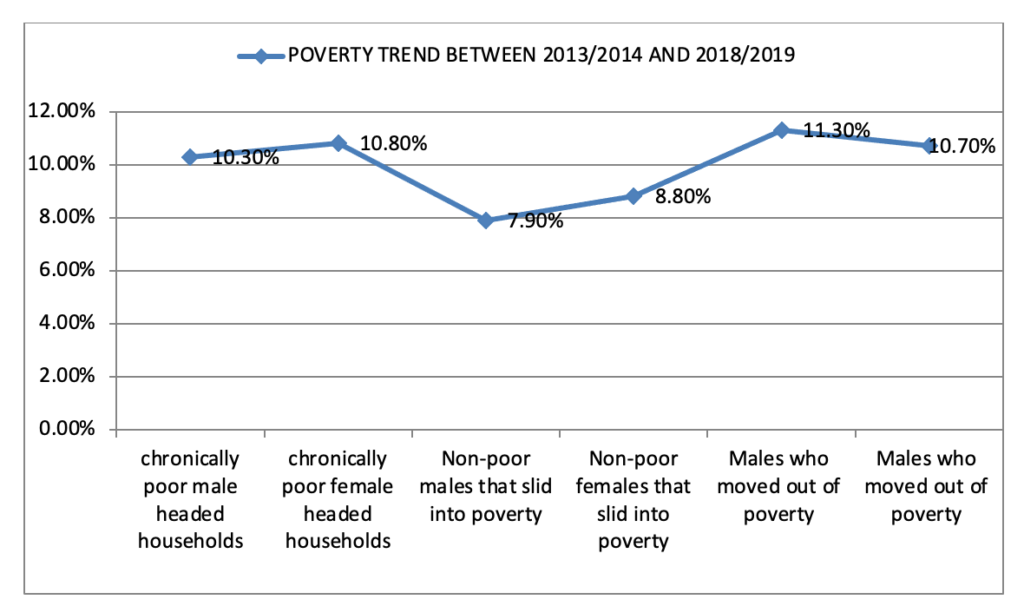By A A ISAACTAMSON
Gender discrimination has changed its garment. It is very much alive today in almost all countries just as it was full of might and power yesterday, but most nations that have succeeded in trimming some of its arms may not recognize its appearance. However, even the blind in Uganda can see it. The Mephistophelian elements that have been fiendishly deficientizing women’s literacy are so glaring. Those who know the kind of forces acting against female education in that country cannot afford to imagine that the problem of sexism is an exaggeration.
Administrative discrimination
In every educational institution across the globe, women are confronted by different forms of systemic marginalization, from the attempt to gain access, to the process of schooling. Most educational systems and processes are inventions of hegemonic masculinity. That is why even the most evolving systems among these ancient establishments still serve the advantage of men in their seeming “natural” neutrality.
The Ugandan Ministry of Education and Sports revealed that most schools in the country practice the expulsion of pregnant girls. Unsurprisingly, the ministry distanced itself from this phallocentric regnancy claiming that such a villainous act is not enshrined in any Government policy. Paradoxically, the Government is aware that girls are forced to carry out pregnancy tests by schools at the beginning of each academic session. The Minister, Janet K. Museveni noted that “school dropouts due to pregnancy among girls of 14 to 18 years of age are 22.3%. Sexual violence among girls is still high at 35%”. But the Government prefers to come up with guidelines for the prevention and management of pregnancy within the school setting rather than liberating its misogynistic setting from the shackles of male supremacy.
It is quite clear that the room for gender policy in the Ugandan educational sector is still vacant. The body language of the umpire suggests that the Ugandan Government, like most modern societies, admires the doctrine of gender equality. Despite this flirtation, the highest concern that has been shown by most educational institutions (including the umpire) is the quixotic recycling, renewal, and reenactment of the old shambles. The pregnancy test is just one among many other structural impediments that perpetuates the culture of gender bias and promotes iniquitous inequality against the girl child in the Ugandan educational system.
Discriminative pedagogy
Researchers have found that “many facets of school culture reinforce gender stereotypes and bias. This ranges from informal cues like denying them the opportunity to study certain courses or preventing them from participating in some activities to formal cues like failure to consider them in the design of documents, such as curriculums, that governs the (education) system. In a hyper-masculinized country like Uganda where patriarchalism is ingrained in the cultural peculiarities of its multi-ethnic groups, Gender bias and stereotype is a constituent of its system; the methods and materials adopted by teachers are mostly gender blind.
Findings by Amanda Barton and Lydia N. Sakwa revealed that gender imbalance is indelibly embedded in the curricula used by schools and it manifests itself in the authorship of the educational materials in use, and gender representation in those materials. The duo discovered that most of the textbooks being used in Uganda are authored by men. More revealing is the fact that in one of the most popular Secondary School English Textbooks, English in Use, which was approved by the Ministry of Education, nine out of the twelve gender-specific stories are about men. This is in addition to the cultural generality of less positive attention paid to girls by teachers.

SOURCE: Data gotten from Pedagogy, Culture & Society published by Routledge Taylor & Gro
Socio-cultural barriers
Mr. Geoffrey Ogar quoted the Ugandan Ministry of Education as saying “69 percent of Ugandan adolescent girls had never attended secondary school and 40 percent were married off by the age of 18”. This is largely due to two twin factors that are almost knit together by the concurrence of their resultant barbarity.
The first is the socio-cultural, religious, and traditional construct that estimates the value of male children to be higher than that of females. Most Ugandans perceived the basic value of women to be the satisfaction of men’s needs; the family regards her as an “asset of bridewealth” and the kinsmen consider her as an “object of their [sexual] satisfaction” or as best surmised in the words of a former president of Nigeria, Gen. Muhammadu Buhari (Rtd) in 2016 said that the woman belongs to the kitchen, bedroom, and other rooms. This and other culturally derisive perceptions of women’s value impact negatively on their education; it is liable to prevent some from accessing it, force some to drop out, and distract others from attaining quality.

SOURCE: Prime Research on Education
Economic causes
The second factor is poverty. According to a report by the Ugandan Ministry of Finance, “the chronic poverty rate is a little higher (10.8 percent) among those in female-headed households. The proportion of the non-poor population that slid into poverty is also higher for females (8.8 percent) than males (7.9 percent). The percentage of the poor in male-headed households who moved out of poverty is 11.3 percent higher than that of female-headed households, which is 10.7 percent”.
This means that in Uganda more females are vulnerable to poverty compared to males. Poverty has so many links to education. Its most direct link is the deprivation of access to schooling and the deprivation of quality education. For instance, more than one out of four Ugandan adolescents become pregnant. As may be seen in both local and global indexes, where poverty is high, social vices and social abnormalities such as early child marriage, early childbearing, divorce, single parenting, sexual transactions, and chauvinism are also common, and likewise high education disparity between males and females.

CREDIT: Data sourced from the 2021 Ugandan Ministry of Finance report
What Educationist and education institutions should know
The monotony and intransigence of most academic cultures are strong currents that still frustrate those that were rendered less privileged by the subterranean forces of those darker ages from making headway. Despite the fact that there’s remarkable progress in the diffusion of the male dominating cultures, there are still rubbles of the archaically structured institutions and systems in our age that needs to be disposed of. For this to be achieved, stakeholders in the sector must commit themselves to exposing this and other peculiar and similar factors that have been preventing gender parity, so that once disposed of, a new culture that’ll enhance parity can emerge.

References
First lady and minister of education and sports. (2020). Revised guidelines on Prevention and management of teenage pregnancy in school settings in Uganda 1–44. Ministry of Education and sports
Ugandan Ministry of Finance, Planning and Economic Development. (2023). Poverty status report 2021.
Center for Mental Health in Schools. Gender Bias Faced by Girls and What We Can Do: One Student’s Perspective and Appended Information from the Center. https://smhp.psych.ucla.edu/pdfdocs/genderbias.pdf

